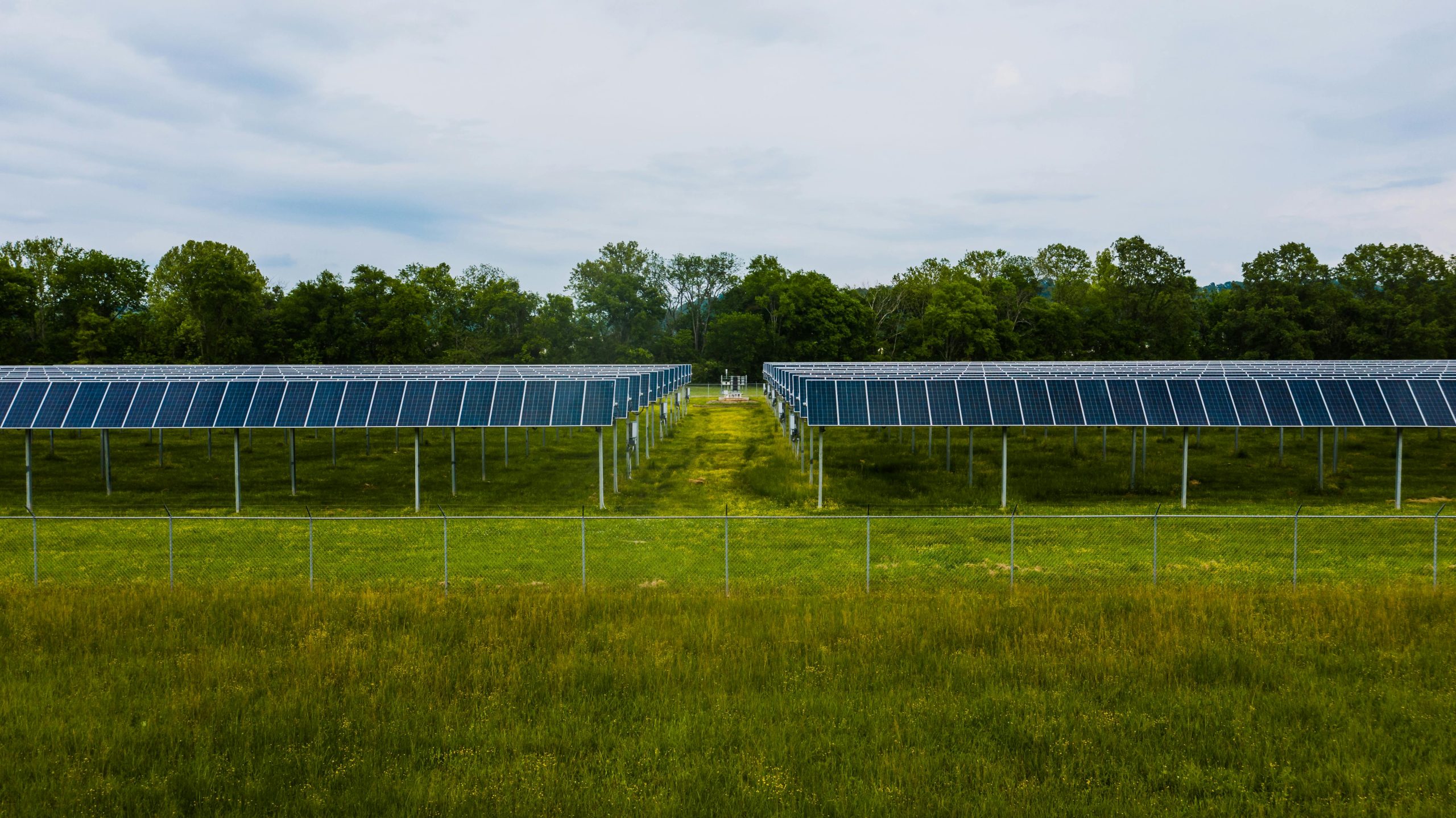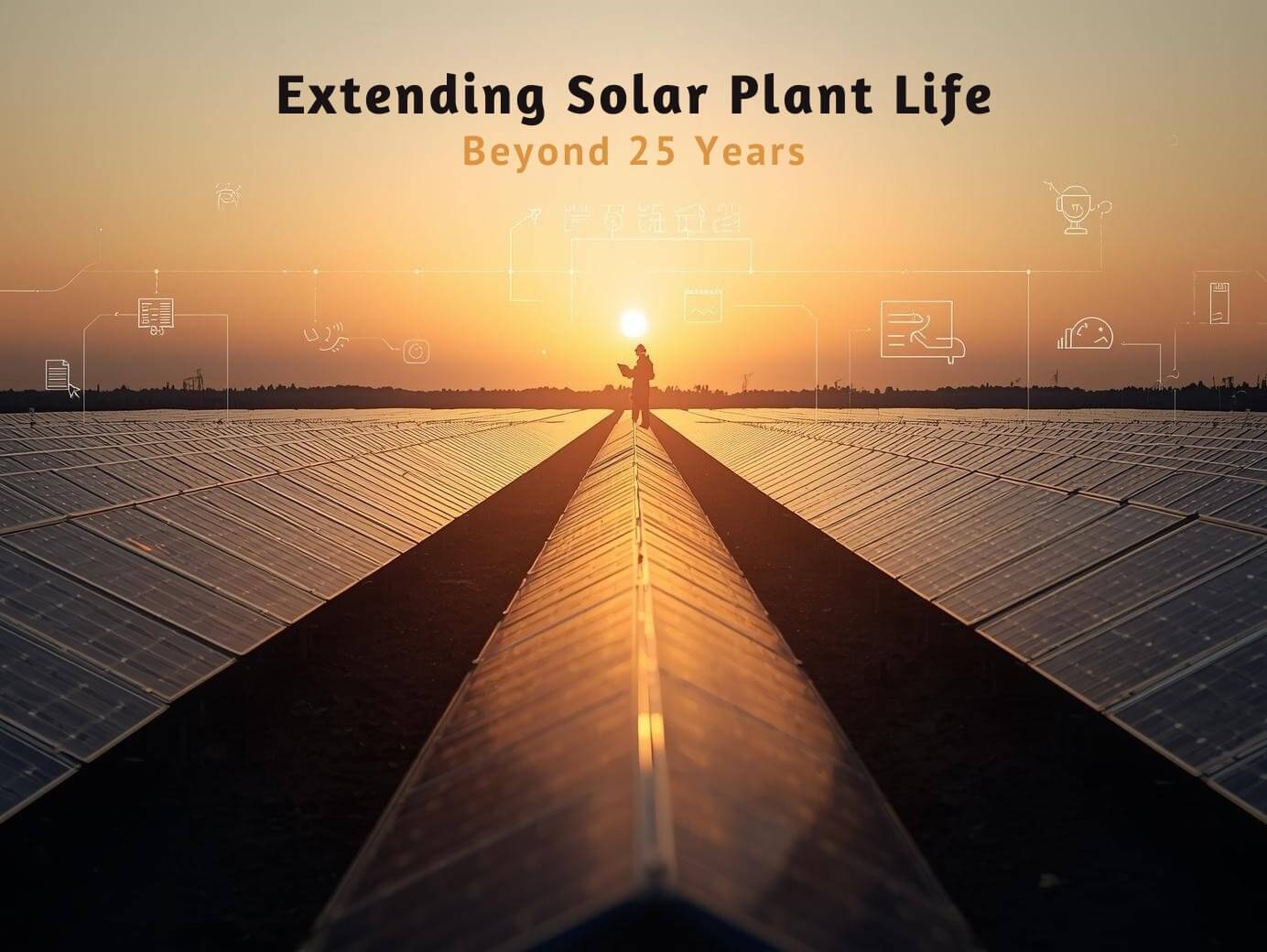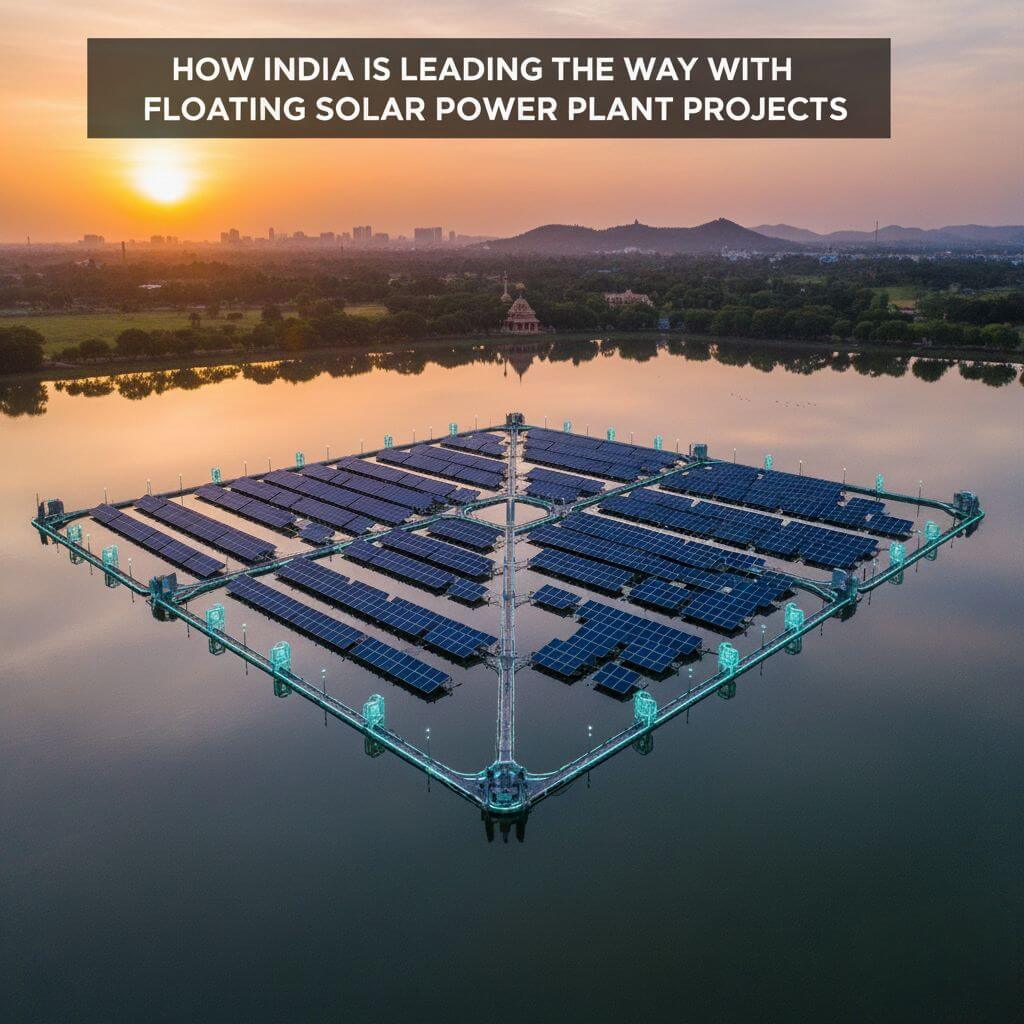Why Ground Mount Solar is more Expensive?
Why Ground Mount Solar Costs More
When it comes to harnessing the power of the sun, ground-mounted solar systems have emerged as a popular choice for both residential and commercial properties. While these systems offer numerous advantages, such as maximized solar exposure, scalability, and flexibility in design, they often come with a higher price tag compared to traditional rooftop installations. In this blog post, we’ll delve into the various factors that contribute to the increased cost of ground-mounted solar systems and explore the long-term benefits that make this investment worthwhile.
1. Land Acquisition and Site Preparation
One of the primary reasons ground-mounted solar systems are more expensive is the cost associated with land acquisition or leasing. Unlike rooftop installations, which utilize existing structures, ground-mounted systems require dedicated land space, which can be a significant expense, especially in urban or densely populated areas where land is scarce and prices are high.
Additionally, site preparation plays a crucial role in the overall cost. Depending on the location, extensive site work may be required, such as clearing vegetation, leveling the ground, and preparing the soil for the installation of the mounting structure. These preparations ensure a stable and secure foundation for the solar array, but they also add to the overall project cost.
2. Mounting Structure and Installation
The mounting structure is a critical component of ground-mounted solar systems, and its design and construction contribute significantly to the overall cost. Unlike rooftop installations, where the panels are typically mounted on existing roof structures, ground-mounted systems require a custom-built mounting system designed to withstand various environmental conditions, such as wind, rain, and temperature fluctuations.
These mounting structures are engineered to provide a stable and secure foundation for the solar panels, ensuring their longevity and optimal performance. The materials used, such as galvanized steel or aluminum, as well as the complexity of the design, can significantly increase the cost. Additionally, the installation process for ground-mounted systems is often more labor-intensive and time-consuming compared to rooftop installations, further adding to the overall expense.
3. Larger System Sizes and Scalability
One of the significant advantages of ground-mounted solar systems is their scalability. Unlike rooftop installations, which are often limited by available roof space, ground-mounted systems can accommodate larger system sizes, ranging from small residential installations to large-scale commercial or utility projects.
While larger system sizes offer greater energy production potential and long-term cost savings, they also come with a higher upfront cost. The number of solar panels required, inverters, and other associated equipment contribute to the overall cost. Furthermore, larger systems may necessitate additional electrical infrastructure, such as transformers or specialized wiring, thereby increasing costs.
4. Maintenance and Accessibility
Ground-mounted solar systems are typically more accessible for maintenance and repair purposes compared to rooftop installations. However, this accessibility comes at a cost. Adequate spacing must be provided between the solar array rows to allow for easy access by maintenance personnel and equipment. This spacing requirement can result in a larger overall footprint for the system, potentially increasing land acquisition or leasing costs.
Additionally, ground-mounted systems may require periodic vegetation management to prevent shading or obstruction of the solar panels. This ongoing maintenance can add to the system’s long-term costs.
5. Permitting and Regulatory Compliance
Depending on the location and size of the project, ground-mounted solar systems may be subject to more stringent permitting and regulatory requirements compared to rooftop solar installations. These regulations can vary from local zoning laws and building codes to environmental impact assessments and utility interconnection requirements.
Navigating these regulatory processes can be time-consuming and may require the involvement of specialized consultants or legal professionals, adding to the overall project costs. Additionally, certain areas may have specific requirements for ground-mounted solar systems, such as setback distances from property lines or height restrictions, which can further impact the design and installation costs.
Despite the higher upfront costs associated with ground-mounted solar systems, the long-term benefits and cost savings can make this investment worthwhile. Ground-mounted systems often have a longer lifespan compared to rooftop installations, with some systems designed to operate for 25 years or more. This longevity, combined with larger system sizes and scalability, can result in significant energy production and cost savings over the system’s lifespan.
Furthermore, various government incentives, tax credits, and financing options may be available to offset the initial investment costs, improving the overall return on investment (ROI) for ground-mounted solar projects.
One company that has established itself as a leader in the Indian solar market is Waaree Renewable Technologies Limited (WRTL). With their extensive experience, cutting-edge technology, and commitment to excellence, Waaree offers a comprehensive range of ground-mounted solar solutions tailored to meet the unique needs of each customer.
Waaree Renewable Technologies Limited (WRTL) understands the complexities and challenges associated with ground-mounted solar installations. Their team of experts offers comprehensive services, from site evaluation and system design to installation and ongoing maintenance. Waaree’s state-of-the-art manufacturing facilities ensure that every component used in their ground-mounted systems is of the highest quality, ensuring durability and optimal performance.
With their extensive knowledge of local regulations and permitting requirements, Waaree streamlines the process, minimizing delays and ensuring compliance. Their commitment to excellence and customer satisfaction is unmatched, making them the ideal partner for your ground-mounted solar project, regardless of its scale or complexity. With Waaree, embrace the power of the sun and embark on a sustainable energy journey today, confident that your investment is in capable hands.
While ground-mounted solar systems may come with a higher upfront cost, the long-term benefits, including increased energy production, scalability, and cost savings, make them a worthwhile investment for both residential and commercial properties. By carefully considering the factors contributing to the cost and partnering with reputable solar providers like Waaree, you can ensure a successful and financially viable transition to sustainable energy.





